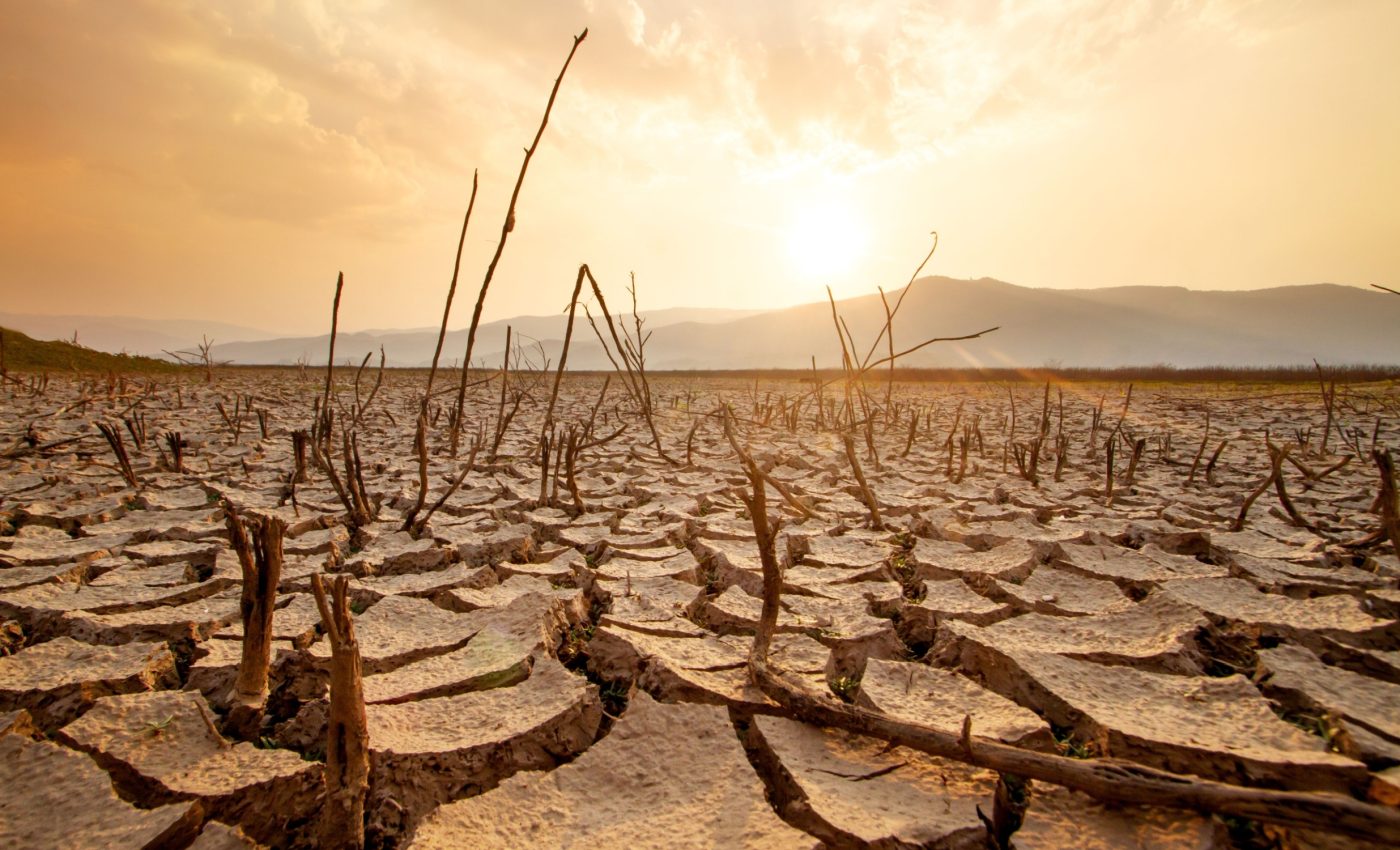
Growing risk of summer droughts linked to changes in river flow
The familiar patterns of streamflow across the Northern Hemisphere are changing due to a decline in snowfall, raising the risk of summer droughts.
Regions like North America’s Rocky Mountains, the European Alps, and northern Europe, traditionally covered with snow, are experiencing premature thaws. This shift, driven by global warming, disrupts the expected flow of rivers during the summer.
Meanwhile, in areas accustomed to less snowfall, the onset of seasonal streams is delayed, with warm-season rains starting later in the year and becoming a predominant source of river flow.
Additionally, winter precipitation has decreased, compounding the summer drought risk.
Implications of changing streamflows
The research highlights a growing risk of summer droughts. Such conditions are likely to impact several critical areas: water and food security, ecosystem health, and hydropower generation.
Dr. Ross Woods from the University of Bristol’s Faculty of Engineering emphasized the broader implications of these findings.
“The way water is distributed through the year is shifting, and this has profound implications not only for ecosystems but also for how we manage food security and respond to natural hazards,” explained Dr. Woods.
In some regions, where snowfall significantly contributes to the water cycle, it has been observed that precipitation in a warming climate is less likely to fall as snow. The resulting changes to snowpacks and the timing of river flows generated by meltwater are noteworthy.
“Initially, there were varied reports about these changes; some regions reported earlier peaks while others saw little to no shift or even later occurrences in the year,” said Dr. Woods.
Studying thousands of river basins
The researchers conducted an extensive analysis of climate and river flow data from more than 3,000 river basins in the Northern hemisphere, spanning from 1950 to 2020.
The team assessed changes in the proportion of precipitation falling as snow, the seasonal variations, and the timing of both precipitation and river flow, comparing these elements across two distinct ten-year periods – one with the highest snowfall fraction and the other with the lowest.
“The increased variability from year to year in how water flows through these rivers suggests we’re facing more uncertainty moving forward. This makes planning and managing water resources a significant challenge,” noted Dr. Woods.
Understanding streamflow to combat summer drought
As the climate continues to warm, the peaks of seasonal streamflows tend to diminish, leading to a more even distribution of river flow throughout the year. The reduction in seasonal variation is primarily due to a decrease in streamflow during the warm seasons, while cold-season flows remain comparatively stable.
“The interannual variability in timing and seasonal shifts during periods of declining snowfall underscores the need for future water management plans to accommodate greater variability,” said Dr. Woods.
The research team is now set to delve deeper into the reasons behind consistent reductions in precipitation during the colder seasons of warmer winters, aiming to refine their understanding and improve predictive capabilities for future climate scenarios.
Potential impacts of summer droughts
Summer droughts have far-reaching impacts beyond the scope of current research, affecting various sectors and ecosystems.
One critical area is agriculture. Prolonged droughts can severely reduce crop yields, leading to food shortages and increased prices. This threatens food security, especially in regions heavily dependent on rain-fed agriculture.
The energy sector also feels the effects. Many hydropower plants rely on consistent river flow to generate electricity. Reduced water availability during droughts can limit power production, leading to energy shortages and increased reliance on fossil fuels, which exacerbates climate change.
Ecosystems and biodiversity face significant threats as well. Aquatic habitats suffer when river levels drop, impacting fish and other wildlife. Terrestrial ecosystems, particularly forests, are more prone to wildfires during dry conditions, leading to habitat loss and decreased biodiversity.
Public health can also deteriorate due to water scarcity, as limited water supplies may lead to inadequate sanitation and hygiene. This increases the risk of waterborne diseases. Additionally, the stress on water resources can lead to conflicts over water usage among communities, regions, or even nations.
The research is published in the journal Nature.
—–
Like what you read? Subscribe to our newsletter for engaging articles, exclusive content, and the latest updates.
Check us out on EarthSnap, a free app brought to you by Eric Ralls and Earth.com.
—–













